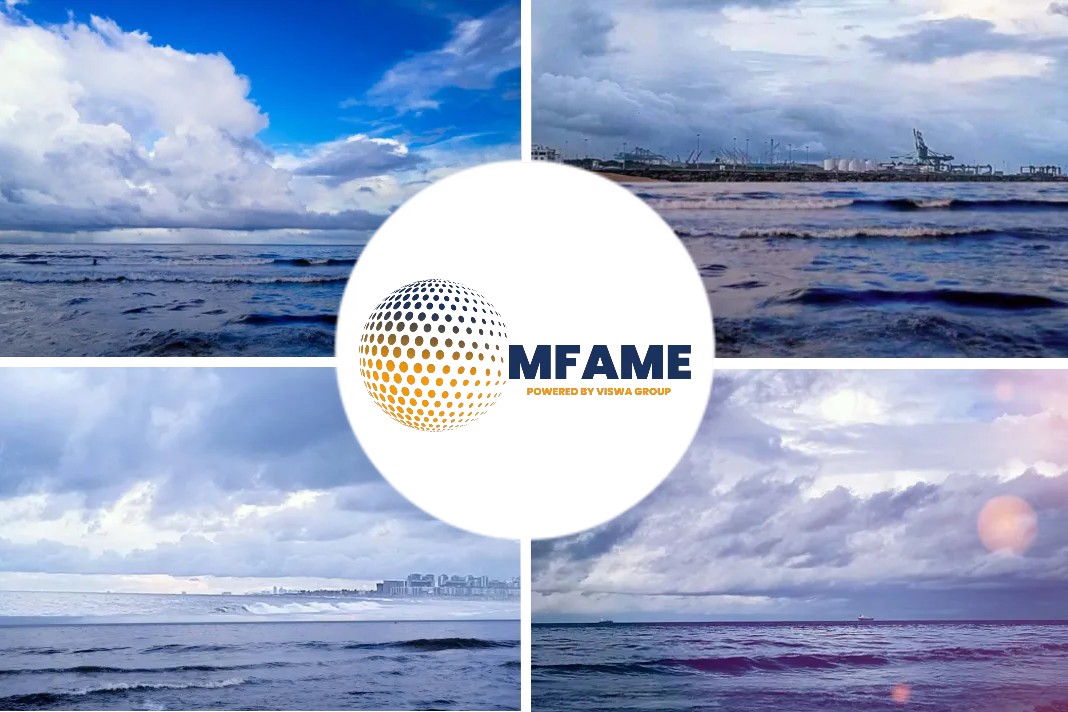 A ship that regularly sails on a fixed route following a schedule is known as a liner. This is because they have regular ports of call.
A ship that regularly sails on a fixed route following a schedule is known as a liner. This is because they have regular ports of call.
Liner services are preferred by businesses that have cargo for regular or frequent dispatches, while those organizations that do not have regular shipments normally go for tramp services.
Liner Services
Liner services are most commonly associated with container cargo. However, such services also include Roll-on Roll-off (RoRo) services for automobiles, carriage of bulk cargo, break-bulk cargo, oil-tankers, LNG tankers, transport of passengers, etc.
The sailing of these vessels follows a fixed shipping timetable. Also known as a sailing schedule, it provides details on the sailings of ships between ports. For example, it could be a weekly, fortnightly, or monthly timetable subject to regular updates.
Sailing schedules are normally published by the shipping companies that operate liner services. However, it is also available on various specialized and trusted websites.
A shipping schedule can be checked by vessel, by port of call, or by routing. It allows shippers or business people to analyze the best routes and transit times to plan their shipments accordingly.
Liners are obliged to follow the dates and routes shown on the shipping schedule unless they cannot do so due to natural calamities, epidemics, war, strikes, etc. These unforeseen and uncontrollable circumstances are known as Force Majeure.
However, it is not unusual to see sailing schedules omitting certain regular, scheduled ports. Other than force majeure, the reasons for such blank sailings could be due to lack of cargo to load and unload from such ports, extraordinary delays at any of the previous ports, unexpected maintenance stops for the vessel, etc.
Typically, shipping lines add or omit ports depending on cargo traffic.
Liners normally try and maintain their schedules as far as possible to uphold their goodwill and standing in the industry.
Most liner fleets these days operate powerful, modern vessels that meet the demand for speed and punctuality. As a result, the rates offered by these liner services are also more or less stable.
The regularity of services and stable rates help businesses to plan and cost their outbound or inbound consignments.
To tap the market further, sometimes different liners come together and enter into an agreement or form an alliance. They are formed mainly to eliminate low pricing and offer a wider coverage of destinations to customers.
Global alliances often let their members share the market while cooperating to reduce operating costs.
Currently, 3 major global shipping alliances control more than 80% of the global container cargo traffic. They are as follows:
- 2M – MSC, Maersk, and HMM (formerly Hyundai Merchant Marine)
- THE Alliance – Hapag Lloyd, NYK, Yang Ming, MOL, K-Line
- Ocean Alliance – CMA CGM, COSCO, OOCL, and Evergreen
These strategic tie-ups agree to operate their vessels along agreed routes and share cargo space between them.
Did you subscribe to our daily newsletter?
It’s Free! Click here to Subscribe!
Source: marine insight





















